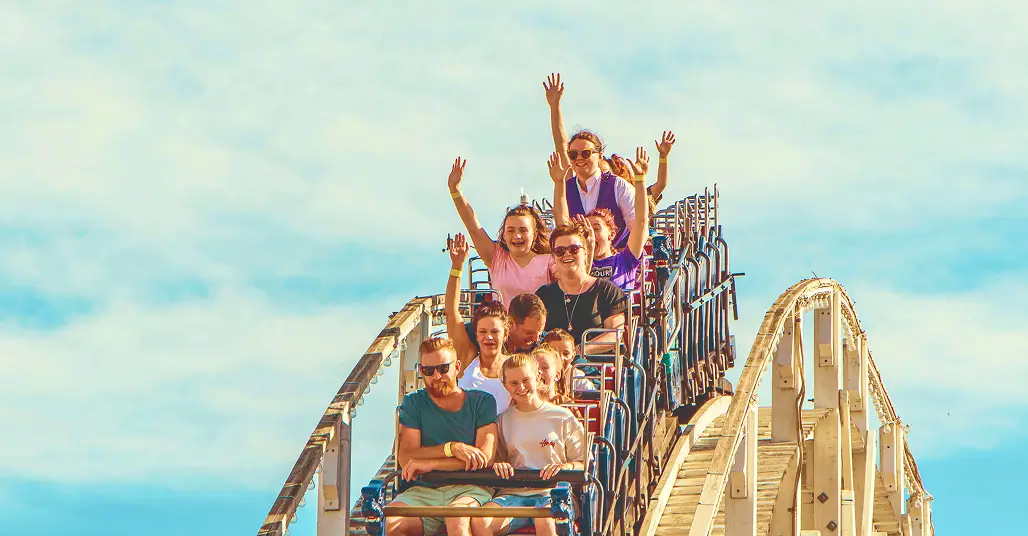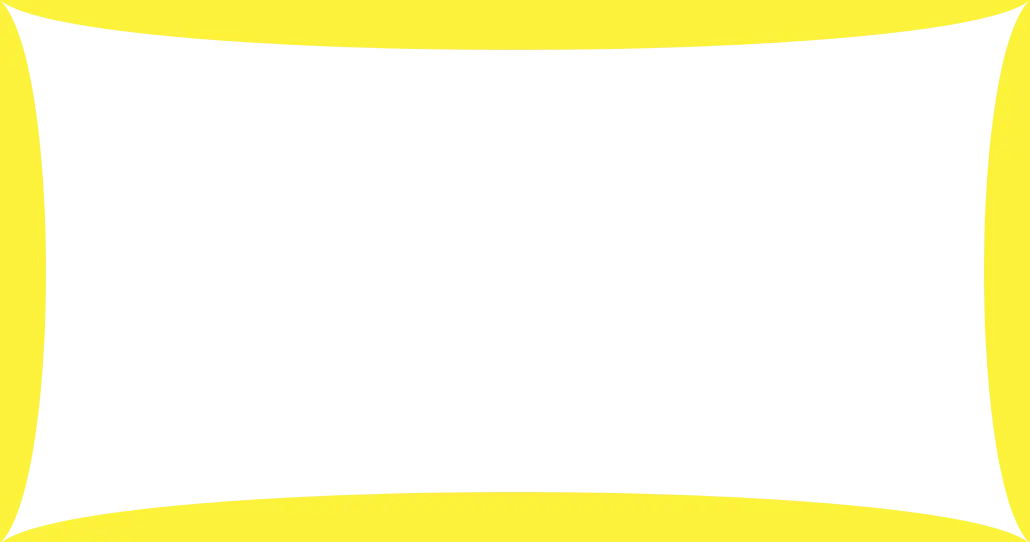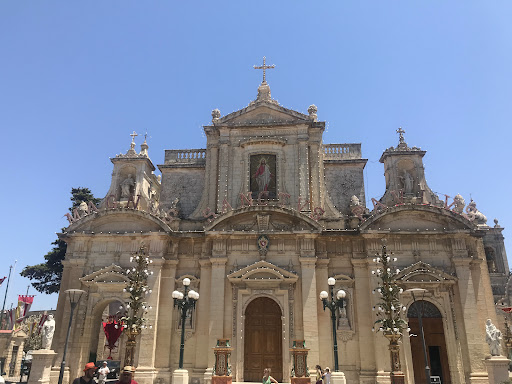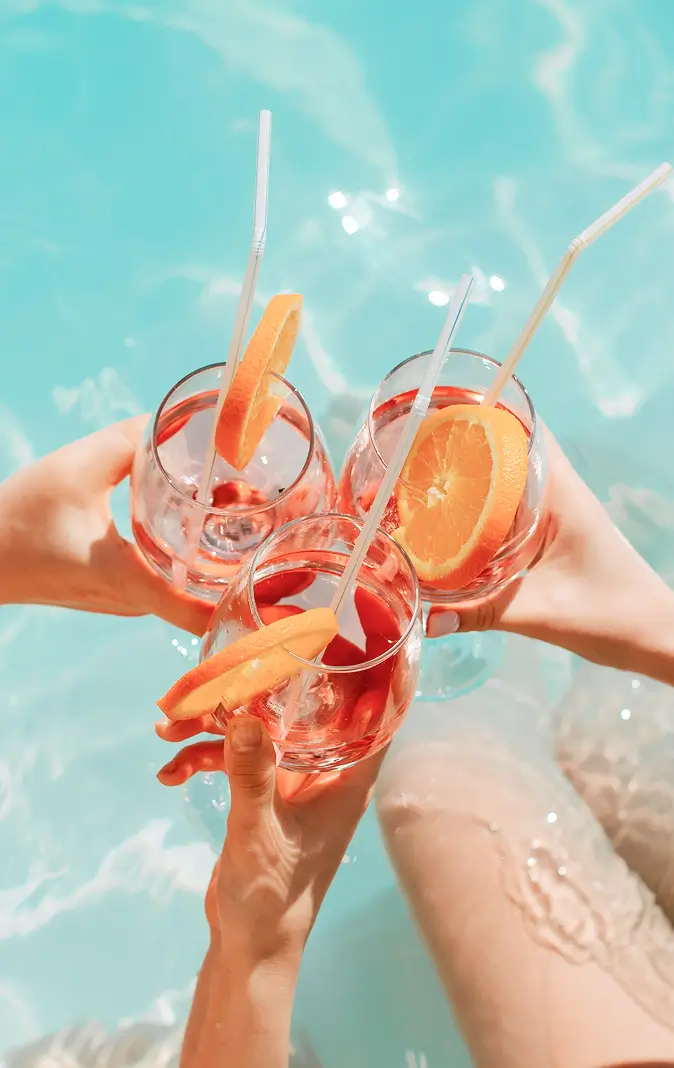Mosta Rotunda things to do, attractions, restaurants, events info and trip planning
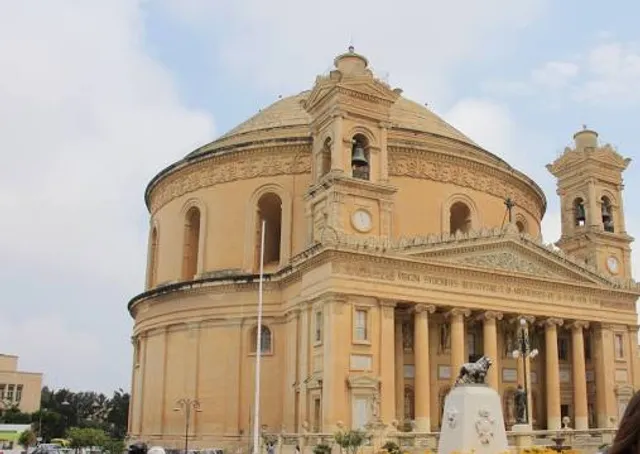
Basic Info
Mosta Rotunda
Rotunda Square, Mosta MST 2014, Malta
4.7(5.5K)
Open 24 hours
Save
spot
spot
Ratings & Description
Info
The Sanctuary Basilica of the Assumption of Our Lady, commonly known as the Rotunda of Mosta or the Mosta Dome, is a Roman Catholic parish church and basilica in Mosta, Malta, dedicated to the Assumption of Mary.
Cultural
Accessibility
attractions: Mosta World War II Shelter, Mosta Valley, restaurants: Mellows Resturant, Ta' Marija - Your Gastro Maltese Kitchen since 1964, XUFI (Olympic) Cafe' and Bistro, Baroque Café Pizzeria, oz Sofra Kebab Mosta, Fil-Pjazza by MG Caterers, Bukkun, DA HUA BUFFET, Horse Shoe Bar And Restaurant, YIAMAS Greek Tavernaki
 Learn more insights from Wanderboat AI.
Learn more insights from Wanderboat AI.Phone
+356 2741 8368
Website
mostachurch.com
Plan your stay

Pet-friendly Hotels in Mosta
Find a cozy hotel nearby and make it a full experience.

Affordable Hotels in Mosta
Find a cozy hotel nearby and make it a full experience.

The Coolest Hotels You Haven't Heard Of (Yet)
Find a cozy hotel nearby and make it a full experience.

Trending Stays Worth the Hype in Mosta
Find a cozy hotel nearby and make it a full experience.
Reviews
Nearby attractions of Mosta Rotunda
Mosta World War II Shelter
Mosta Valley

Mosta World War II Shelter
4.6
(67)
Open 24 hours
Click for details

Mosta Valley
4.0
(38)
Open 24 hours
Click for details
Things to do nearby
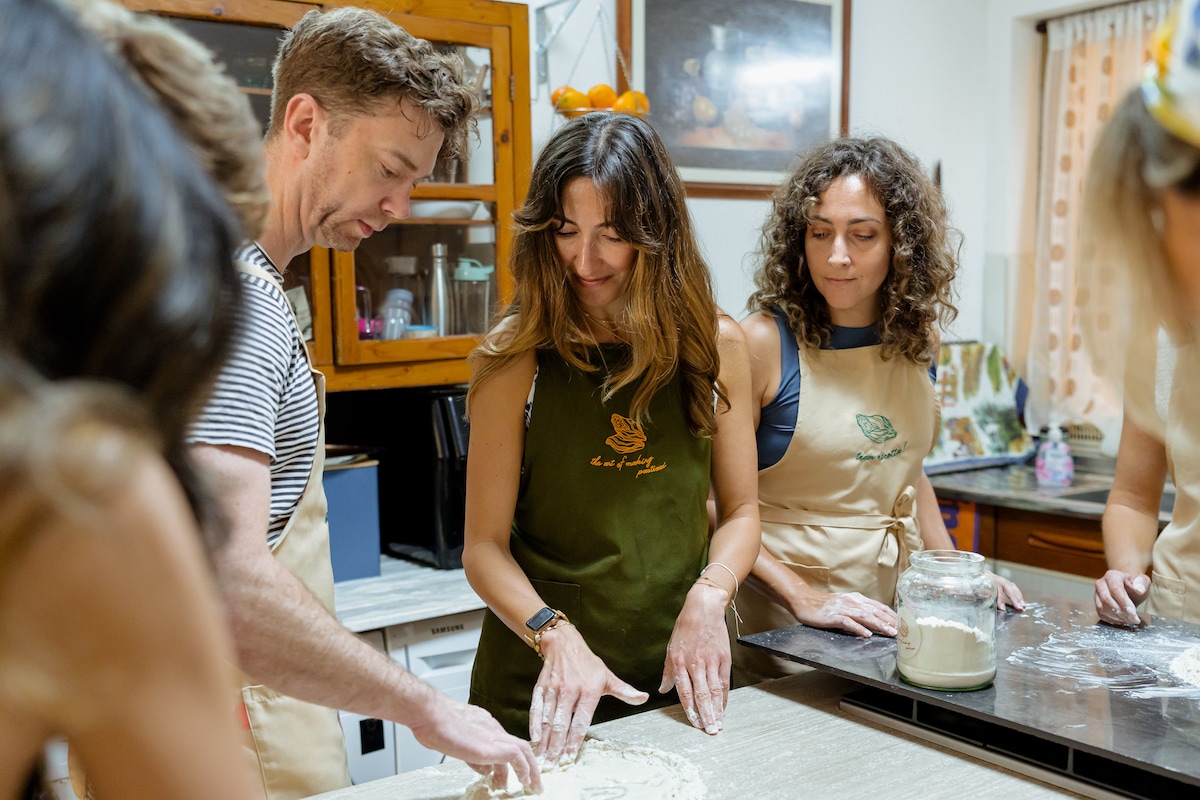
A Pastizzi Experience by Michela Cammarota Cefai
Mon, Jan 5 • 3:15 PM
Sliema, SLM1521, Malta
View details
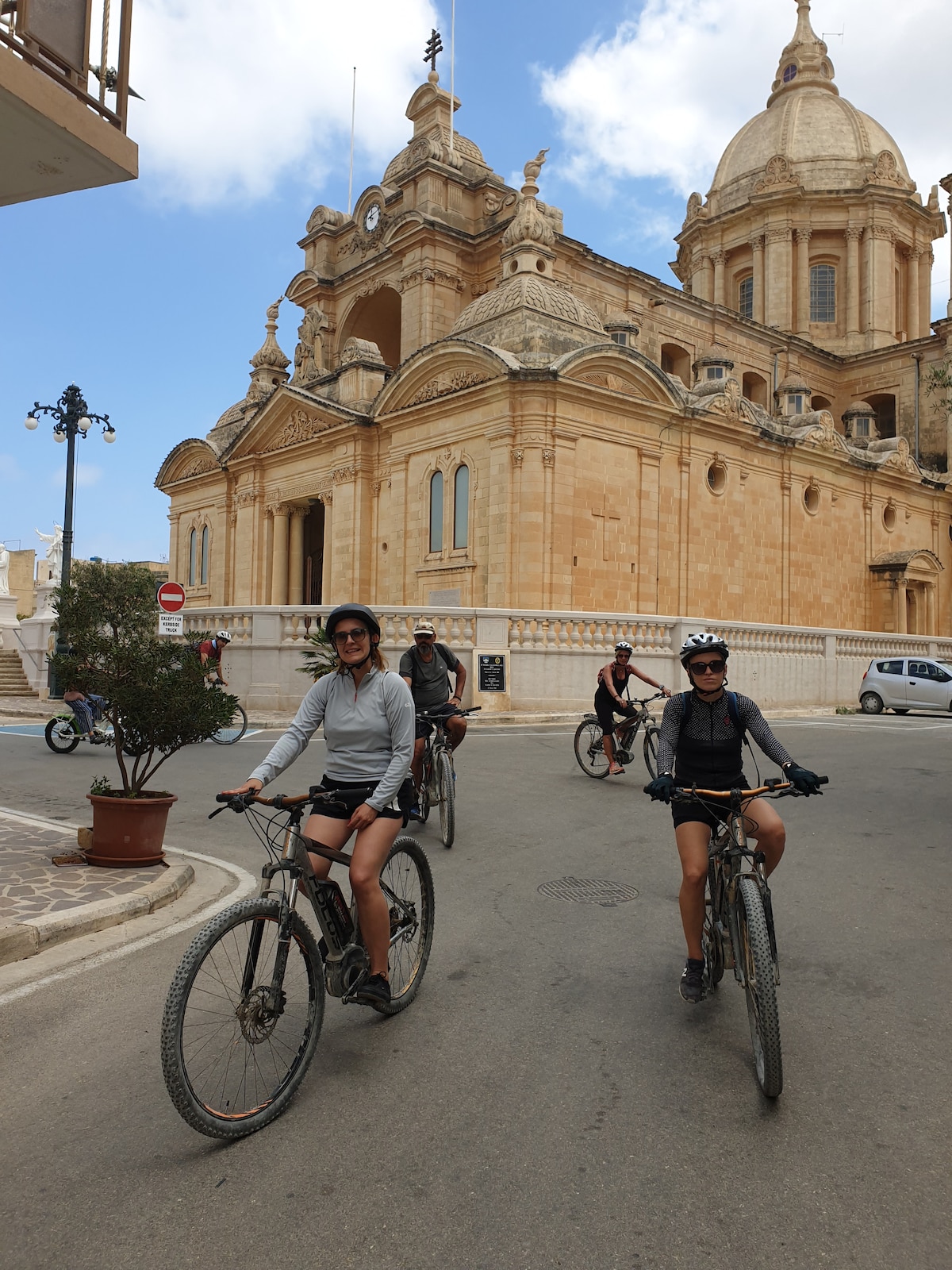
Explore Gozo by e-Bike
Wed, Dec 31 • 12:30 PM
Victoria, VCT2150, Malta
View details
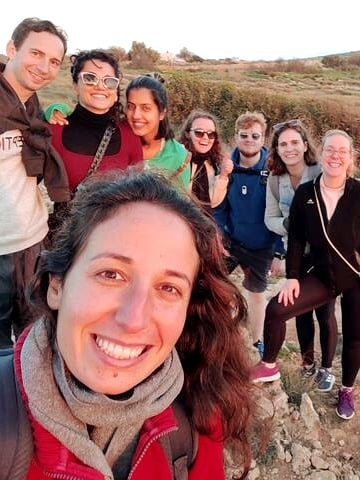
Hike Northwest Park
Tue, Dec 30 • 3:00 PM
Mellieħa, Mellieha, 5510, Malta
View details
Nearby restaurants of Mosta Rotunda
Mellows Resturant
Ta' Marija - Your Gastro Maltese Kitchen since 1964
XUFI (Olympic) Cafe' and Bistro
Baroque Café Pizzeria
oz Sofra Kebab Mosta
Fil-Pjazza by MG Caterers
Bukkun
DA HUA BUFFET
Horse Shoe Bar And Restaurant
YIAMAS Greek Tavernaki
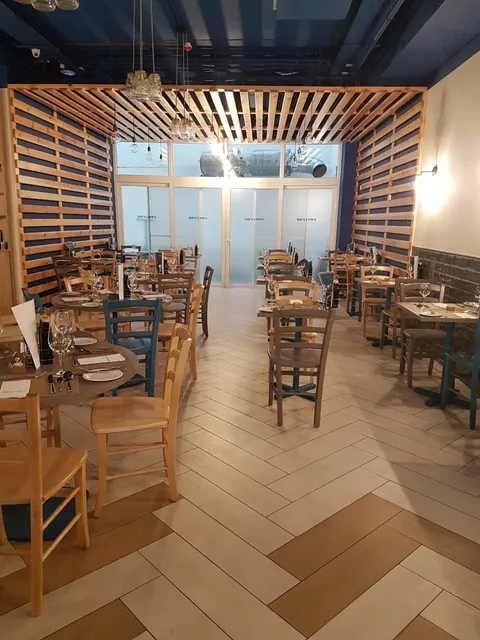
Mellows Resturant
4.4
(613)
$
Click for details
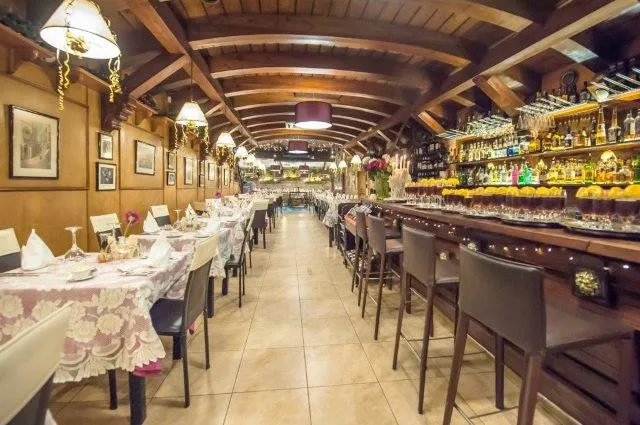
Ta' Marija - Your Gastro Maltese Kitchen since 1964
4.4
(846)
$$
Click for details
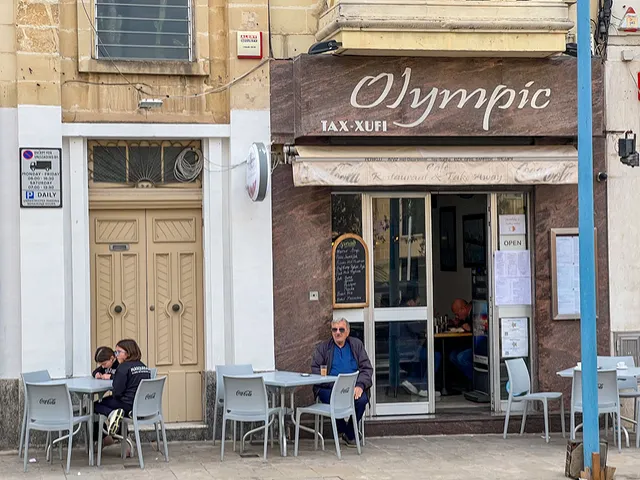
XUFI (Olympic) Cafe' and Bistro
4.5
(346)
Click for details
Baroque Café Pizzeria
4.3
(118)
$
Click for details
